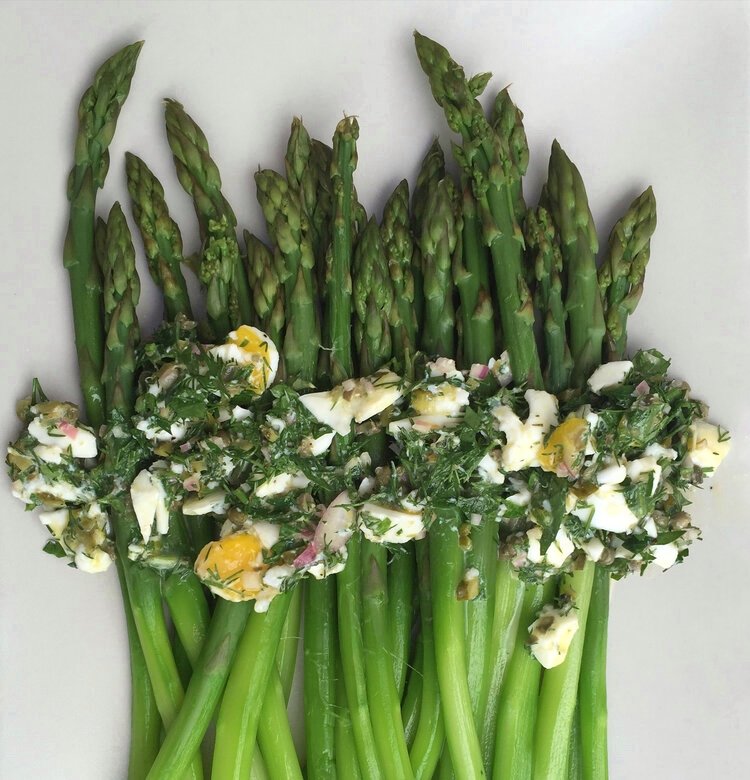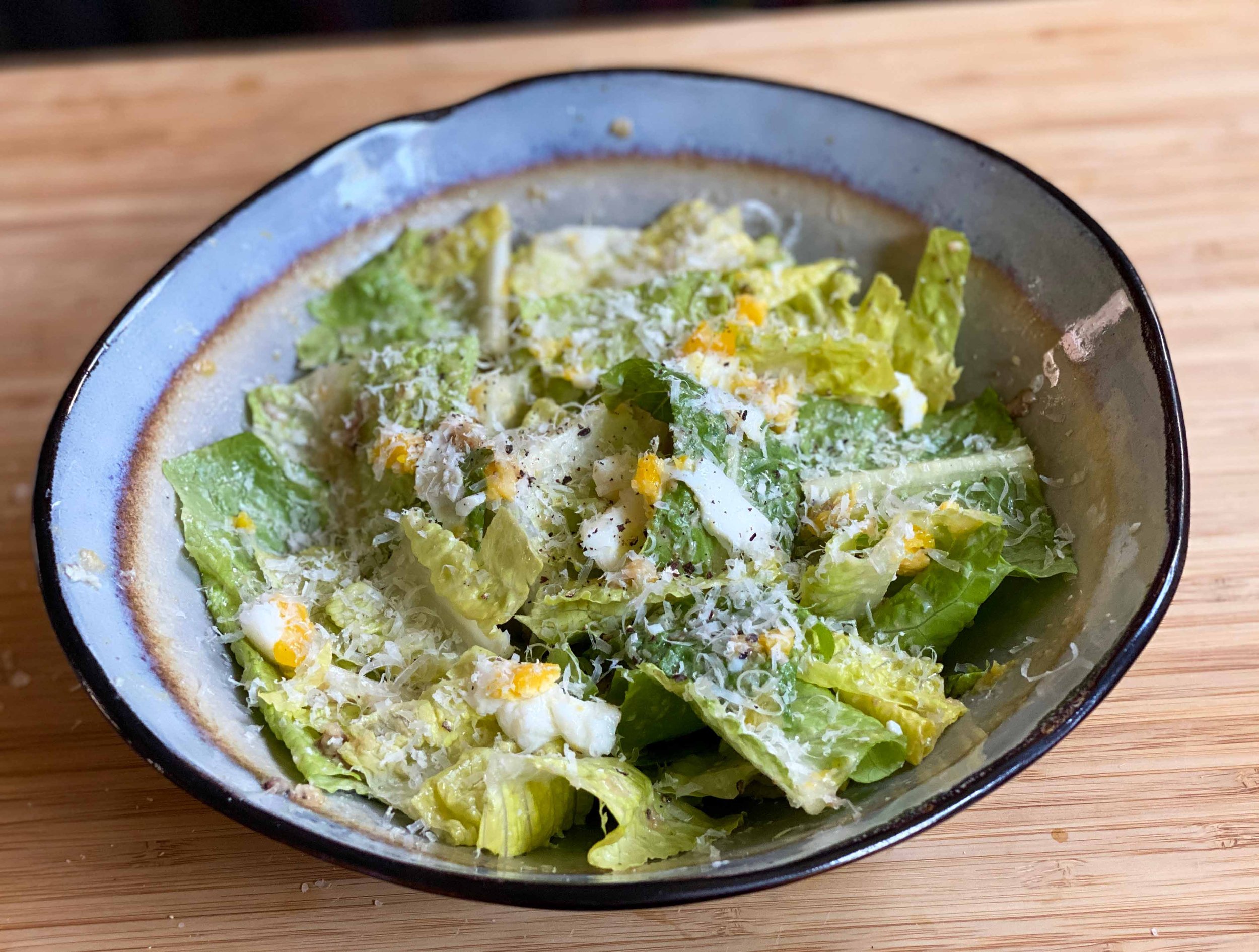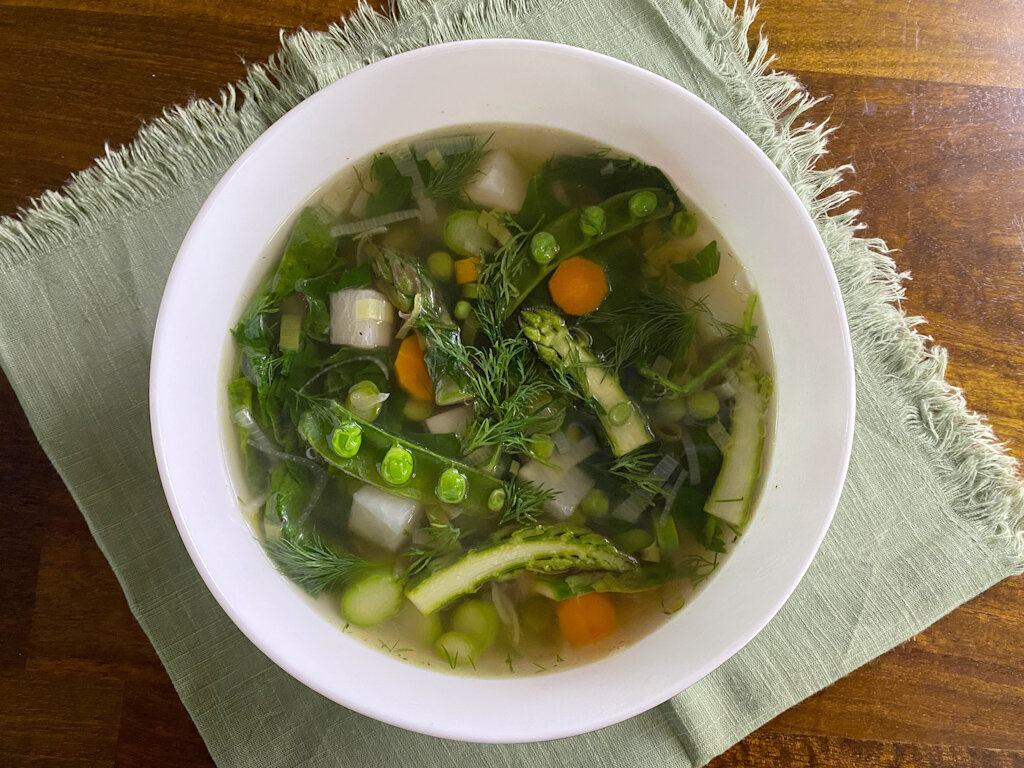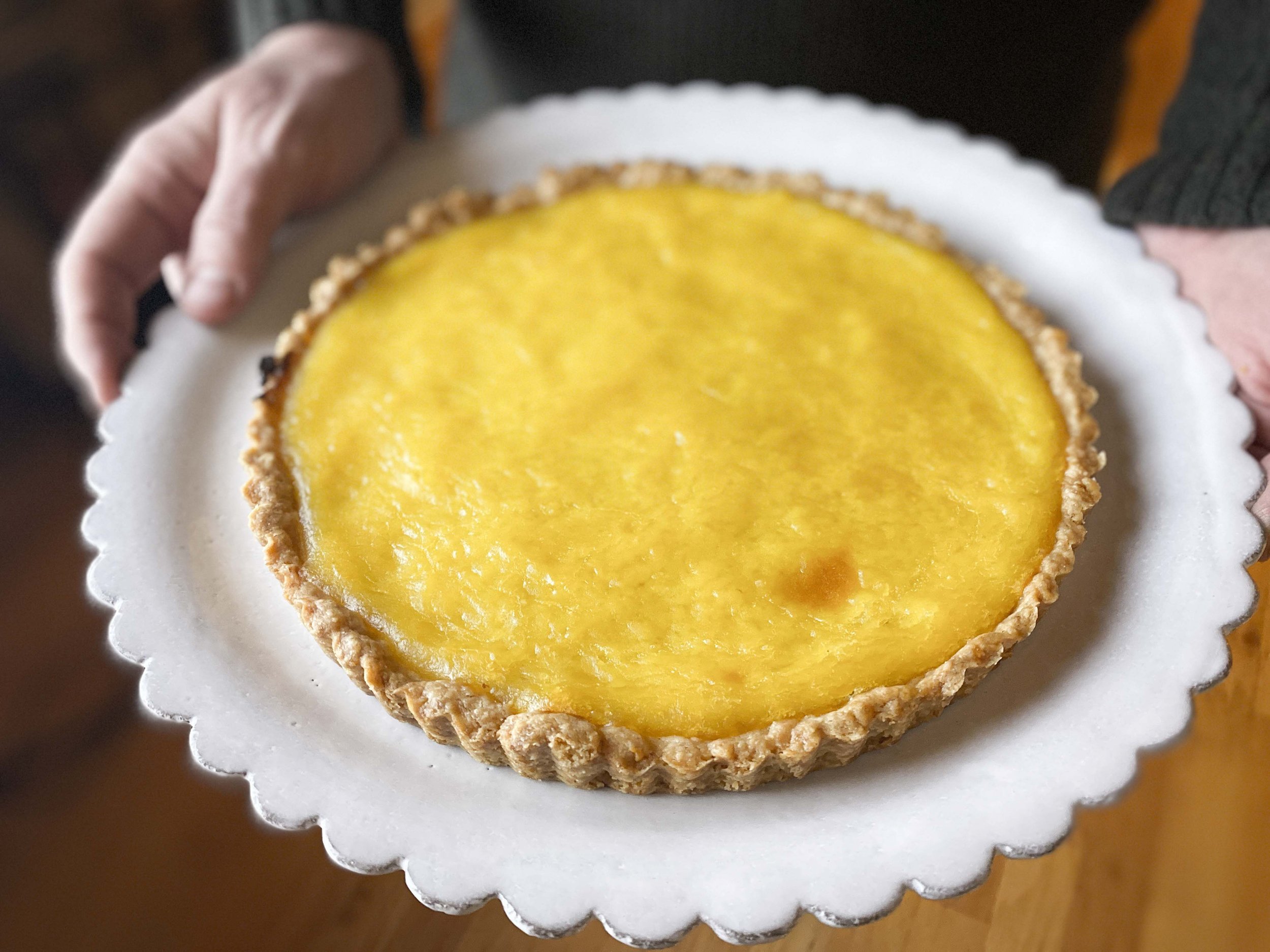A dozen eggs from New Barn Organics. Labeled “large,” his particular dozen varies in weight from 55 grams to 68 grams.
By Leslie Brenner
“If bananas were extremely expensive,” my mom used to say, “we’d consider them a luxury item.”
I’ve been thinking about eggs in a similar light. An everyday staple for the entire history of agricultural humankind, they are now very expensive. Their price has recently dropped from its historic retail high of $4.25 for a dozen large grade AA, but they’re still quite pricy.
Their formidable price tag no doubt causes some cooks to shy away from them, but I’m taking my mom’s tack, and using the occasion to celebrate them.
Honestly, is there anything more perfect and versatile than an egg? Its usefulness and beauty begins in the morning, with a scramble, poach or sunny-side-up. A little butter, salt and pepper helps for the two achieved out of water, but otherwise, that egg performs brilliantly solo. You could have an egg-salad sandwich for lunch (basically chopped hard-boiled eggs and mayo, maybe a little celery and onion, between bread — and that mayo is largely eggs). And for dinner, there are few things more gratifying than perfect French omelette. Dessert? Anything with meringues makes brilliant use of the whites, and anything custardy (vanilla ice cream!) makes use of the yolks. Ever hear of the French dessert île flottante — floating island? That’s soft meringues (whites + sugar) floating on a sea of custard (yolks + sugar + vanilla).
Of course eggs are also supporting players in a million different dishes. They’re such important and delicious supporting players that they can sometimes even upstage main ingredients. What’s wrong with that? Nothing!
I’ve rounded up a bunch of my favorite ways to celebrate and elevate elegant, expensive eggs.
Devil them
A fabulous appetizer to feed a crowd, deviled eggs are super easy to make. Boil them, halve them, combine the yolks with mayo and seasonings, fill up the halves and garnish.
Try these Harissa Deviled Eggs from Kate Leahy’s delightful 2021 cookbook Wine Style.
Make a new-wave gribiche
Soft-boil a few eggs and fold them with chopped cornichons, capers, shallots and herbs, plus vinegar, lemon juice, mustard and seasonings, and you get a sauce that’s fabulous on top of poached asparagus, folded into potato salad, or spooned over grilled fish.
READ: “Sauce gribiche makes every simple thing you cook instantly delicious”
Soft-boil them and use them to dress an Extreme Caesar
Raw egg has a place in Caesar salad’s origin story, but I like to play up eggs’ role by soft-boiling them and tossing them into a garlicky Caesar gently.
Japanese potato salad topped with an ajitsama egg
Make marinated Japanese-style ajitsama eggs
Boil eggs for exactly 6 minutes, peel them and marinate them 4 hours to overnight in a solution of mirin, soy sauce and water. Use them to top ramen, or take a cue from Dallas chef Justin Holt and use them to garnish Japanese potato salad.
Whisk them into a Persian Fresh Herb Kuku
An Iranian cousin to the Italian frittata, this fresh herb kuku is packed with chopped fresh dill, parsley, spring onions, cilantro and walnuts — a glorious vegetarian main course. If by some miracle you don’t eat it all, it’s also excellent served room-temperature the next day. It’s adapted from our favorite Persian cookbook: Food of Life by Najmieh Batmanglij.
Bake a quiche
You could make this one with mushrooms and spinach, or this Quintessential Quiche Lorraine.
Make spectacular mayo
Using a stick blender, Our Favorite Mayonnaise is easier than you might think. It just requires a little whisking at the end. Slather it into a BLT, stir it into next-level tuna salad (or egg salad!), fold it into julienned celery root for bistro classic Céleri Rémoulade or into diced blanched veg for a Macédoine de Légumes. Find lots of deas in our mayo story from last August — including my new favorite sauce for dipping asparagus.
Create a gorgeous Pavlova
Don’t throw away the egg whites after using the yolks to make mayo — instead use the whites to make meringue for a Pavlova.
Whether it’s filled with fruit and whipped cream, rolled up and sliced — like this Showstopper Rolled Pavlova with Peaches and Blackberries from Ottolenghi Simple — or simply topped with whipped cream and berries, you’ll have a stunning and sweet way to end meals spring through the end of summer.
Did you enjoy this story? We invite you to sign up for our new Substack email newsletter — launching imminently!

















